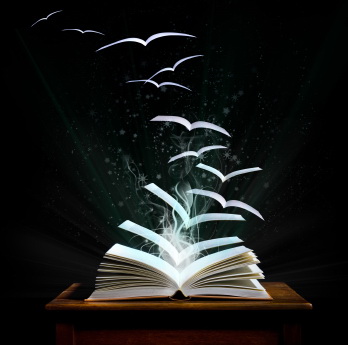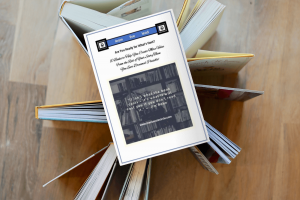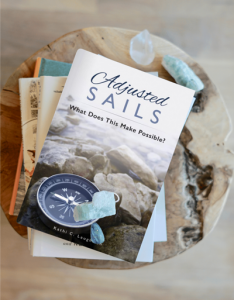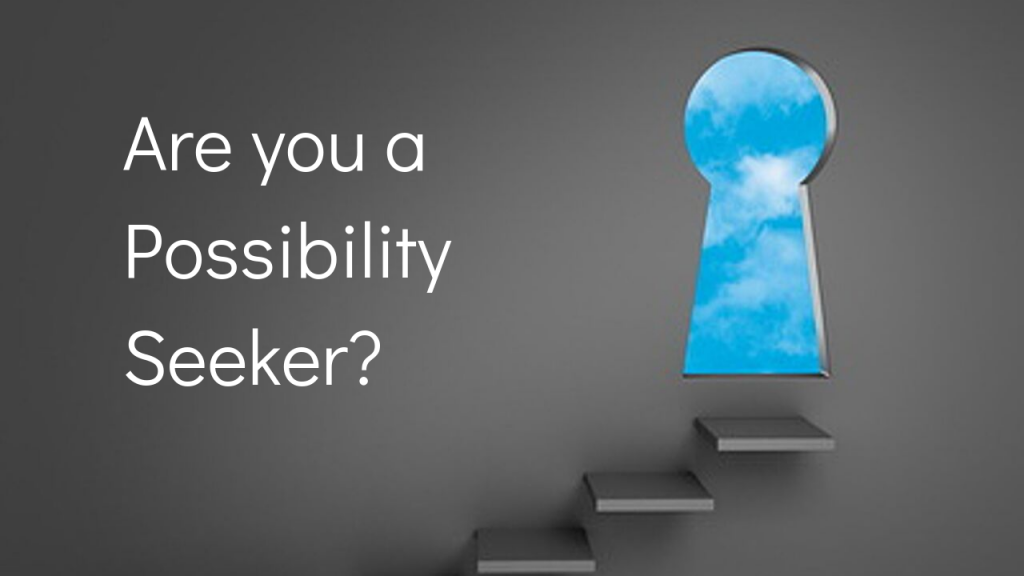 The news and social media threads have been filled lately with excitement about a particular movie. A movie many have been anticipating for a very long time.
The news and social media threads have been filled lately with excitement about a particular movie. A movie many have been anticipating for a very long time.
No one wanted any spoilers for this one. In fact, several people even posted that if you were the one that did “spoil” it for them, you would be immediately and unceremoniously unfriended.
We love our heroes, even our villains and their stories.
Movies bring them to life sometimes in ways we might not quite have the imagination to conjure.
But my first question is usually about the book.
Many (most) movies have their origins in a book. Sometimes the story translates well into the film media and sometimes it does not. When it does not it is usually because of one of two factors:
- The story line is changed in some material way by the omission of a character or scenes in order to address constraints of the film format for length/budget that results in gaps in the story; or,
- Something within the story is materially changed due to cast selection, location, or other visual factors that when left to the imagination of the reader, were more relatable.
One thing that I have learned as a writer is that when artists create something it is fully integrated with their point of view whether the work is written, recorded, or other mediums. It can be a challenge to allow someone else to fill in our blanks, whether that person is our reader or someone repurposing the work in another medium. Rather like someone telling us about the movie and how it ends before we’ve had a chance to see it for ourselves.
Consider visual art. Each viewer can interpret it differently. It’s not likely that they will interpret the work according to the artist’s intent. That is really at the heart of this area of discussion – what needs to be honored most? Is it the artist’s original intention or the freedom of interpretation of the consumer? More importantly, which should we encourage?
In my mind, the answer is straight forward. The interpretation of the consumer will always trump the artist’s intent. A reader’s response is no more predictable than someone sitting in a theatre watching the story unfold. We each bring our own perspective and lens into the mix. That’s part of the beauty of the human experience.
When we are the creator, we must do what it is we do best and learn to develop and trust the right circle of collaboration, including our audience.
It is what works best with anything. We are responsible to do our finest work. The ultimate objective after all is to meet the audience where they are and then transport them to where they want to go. Once we realize that they (our audience) are in fact our silent co-creator it becomes easier to make the space for them to be effective in their role. We may provide the conveyance, but ultimately they choose their own destination.
More than any other lesson in life, this one has been most challenging for me. I want to focus on the result, on the response. That’s not where we do our best work. Our best work is born from the creative process and focusing there. Allowing ourselves (and our audience) the surprises that will unfold. That is what I am looking forward to in the coming year above all else. The surprises in store. The transformations we will create together.
Live (create) today like you want tomorrow to be. Live (create) well.







